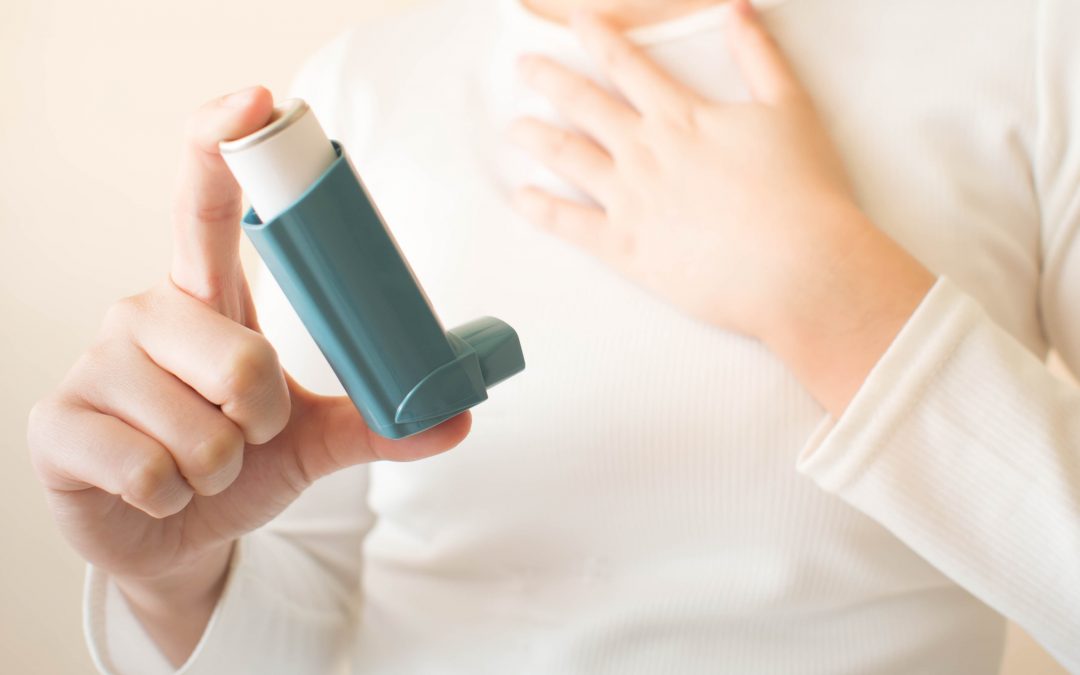The Blog
Exercise and Asthma

National Asthma week is upon us, and here at Vibe Rehabilitation, we’ve decided to give you a crash course in all things related to exercise when it comes to asthma.
What should I do before exercise?
If you often find that you develop asthmatic symptoms during exercise such as shortness of breath, chest tightness or pain, coughing, wheezing or abnormal fatigue consider the following 5 steps prior to and when commencing in exercise (particularly in the outdoors or cold weather!):
- Take your Ventolin as recommended by your doctor, 15-20 minutes prior to commencing exercise
- Perform an extended warm-up
- Wear a facemask that covers both your mouth and nose to keep air moist and warm
- Avoid allergens prior to and when exercising such as pollen, pets, etc.
- Develop an action plan for what you will do in the event of an asthma attack
What kind of exercise should I avoid?
- Avoid long term exposure to vehicle and/or diesel emissions whilst exercising, including road cycling or running
- For some individuals, swimming in chlorinated pools may irritate the lungs, particularly in young children
- Avoid training in very cold conditions, if you must then consider the use of facemask as mentioned above
- Occasionally weather alerts may advise asthmatics to not exercise outdoors, it is recommended to act in accordance with this advice
- Asthmatics should not participate in scuba-diving and given the nature of the condition and environment it can lead to severe injury and potentially death
What exercise can be beneficial?
Lots of exercise can be beneficial for lung function to assist in reducing the impact asthma may have on your life!
Techniques such as inspiratory muscle training (IMT) can be very beneficial as it allows you to strengthen the muscles impacted the most by asthma when breathing. To get started, all you need is a straw and cup of water. Start by breathing in through the straw and out normally. You can also breathe in normally and out through the straw. Perform around 10-15 breaths with breaks in between if necessary. This can be progressed to breathing both in and out through the straw for the same number of breaths.
As another progression, you can place the straw into a cup of water and practice blowing bubbles through the straw for 5-10 second intervals. You want to blow hard enough to have water splashing out of the cup and onto your face or clothes!
Aerobic exercise such as running, walking or swimming are also beneficial for increasing fitness in individuals with asthma, reducing how much it may affect the individual. There can be some potential concerns, but the above advice may assist in limiting any aggravation that may be associated with these exercises. Strength training have been shown to be beneficial for reducing the need for use of a Ventolin prior to exercise.
References
Flexibility and strength training in asthma: A pilot study. Olenich S. et.al, 2018
ESSA Position statement: Asthma. 2011
The role of inspiratory muscle training in the management of asthma and exercise-induced bronchoconstriction. Shei R. et. al, 2015
